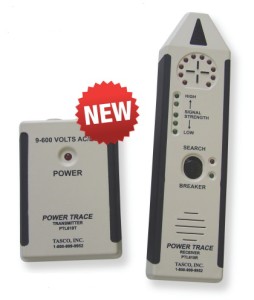 Although numerous tools are available for tracing wiring and locating breakers, their inability to positively differentiate between adjacent circuits means that mistakes can happen. Also, many circuit testers offer limited functionality. Tasco’s recently introduced Power Trace tester overcomes these difficulties because it uses a unique digital signature that enhances accuracy and sensitivity and is immune to outside electrical noise. Power Trace can be used to positively locate breakers, find shorts and trace hidden wiring. Additionally, the tools can be used by one person, saving time and increasing productivity.
Although numerous tools are available for tracing wiring and locating breakers, their inability to positively differentiate between adjacent circuits means that mistakes can happen. Also, many circuit testers offer limited functionality. Tasco’s recently introduced Power Trace tester overcomes these difficulties because it uses a unique digital signature that enhances accuracy and sensitivity and is immune to outside electrical noise. Power Trace can be used to positively locate breakers, find shorts and trace hidden wiring. Additionally, the tools can be used by one person, saving time and increasing productivity.
Locating a Breaker
Power Trace has two components: a transmitter and receiver. The transmitter is supplied with a mains cord adapter and this is plugged into the socket outlet. The transmitter uses the mains power to energize its internal circuitry, and it sends a coded signal down the line to the breaker. On the receiver, a selector switch is used to select the breaker test. The receiver has a set of green LEDs that indicate the strength of the signal from the transmitter. The head of the receiver is passed over the breakers, and when the right breaker is identified, this is indicated by the simultaneous illumination of a ring of the red LEDs and an audible tone is generated. Thanks to the unique coding mechanism, it’s easy to correctly identify the right breaker. The transmitter is supplied with several adaptors to allow its use on lighting and other circuits.
Hidden Wiring
Another particularly useful feature of Power Trace is its ability to trace hidden wiring. As before, the transmitter is connected to the circuit that is to be traced, and in this instance, search mode is selected on the receiver. The circuit is traced using the pointer on the receiver that indicates the strength of the transmitted signal; this is powerful enough to be detected even if the wiring is hidden inside a wall, behind a partition or underground. The receiver detects the magnetic field generated by the signal in the cable, and when it recognizes the unique transmitted code, the green LEDs indicate the signal strength. In some instances, when both the hot and neutral wires are in the same metal conduit, greater sensitivity may be needed. In this case, it is possible to connect one lead from the transmitter to ground and, using an adaptor plug, to connect the other lead to the hot wire. To avoid magnetic signal cancellation, a remote ground connection should be used rather than grounding to the conduit carrying the conductor that is being traced. Using an auxiliary battery, it’s also possible to trace the neutral wire and even the route of the ground wire.
Finding Shorts and Open Circuits
One of the most difficult fault-finding tasks is establishing the location of wiring faults such as shorts. Sometimes it is so difficult to locate the problem, it’s easier to run a new cable. Power Trace overcomes these problems with its ability to easily identify the precise location of a short to ground along the line. If the circuit is open, the location of the break can be traced using the auxiliary battery to send a signal up the line from the socket. The line is traced to the point where the signal is lost and this gives an accurate indication of where the circuit is broken. If additional sensitivity is needed, use a remote ground as before to increase the signal strength. Shorts can be traced in a similar fashion. One lead is connected to the hot wire from the circuit breaker, which must be turned off, and the other to ground. Simply trace the circuit until the signal is lost; this is the location of the short.
Industrial Circuit Fault Finding
The ability to trace wiring using Power Trace means that it’s a good tool for tracing problems in industrial circuits, control panels and electrical enclosures. This is a great help when wiring diagrams are not clear or unavailable. The method used is intuitive and similar with all electrical systems. Typical faults that can be traced include breaks, faulty relays and contacts, and shorts.
Wide Voltage Range
Unlike many other testers, Power Trace is rated for operation up to 600 volts AC or DC. This means it can be used on 120 and 240 volt domestic circuits without concerns that it will be overloaded. In fact, the transmitter can be connected to any two lines as long as the voltage between these lines is less than 600 volts AC, so it can be used on virtually all industrial three phase circuits and high power DC solar circuits Using the auxiliary battery, it is suitable for tracing low voltage circuits operating at 50 volts or lower and also on dead circuits.
Microprocessor Control
Power Trace’s transmitter uses a microprocessor to create a composite signal containing different frequencies that are designed to provide the greatest possible sensitivity under all conditions. The receiver will only pick up the magnetic field of a signal that contains exactly the same combination of signals. This means that Power Trace is insensitive to extraneous noise from high-frequency digital circuits and high-power AC circuits. Additionally, the sensitivity of the receiver is such that it can pick up signals from as far as 20 feet in clear air while being sufficiently precise to be able to pinpoint the correct line or breaker in a crowded electrical distribution panel. The transmitter’s flashing LED shows that the unit is powered up, either from the mains or from the auxiliary battery, and that it is functioning correctly. Tasco, Inc’s Power Trace is much more than a tester for locating a breaker, and its clever design means that it can be used to trace cables, find wiring faults, locate wires and check AC and DC circuits up to 600 volts as well as low-voltage circuits. This lightweight and compact device is supplied in a rugged case and comes complete with a full set of accessories.
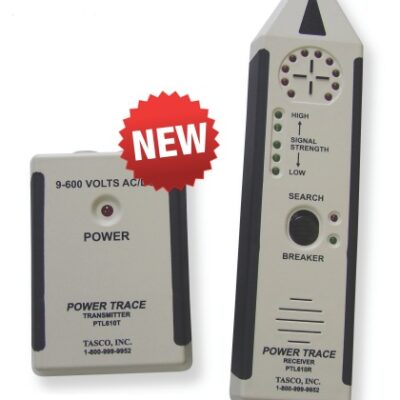
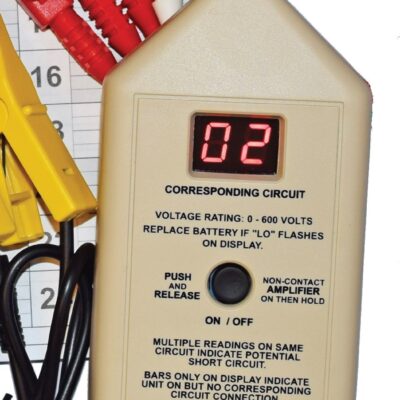
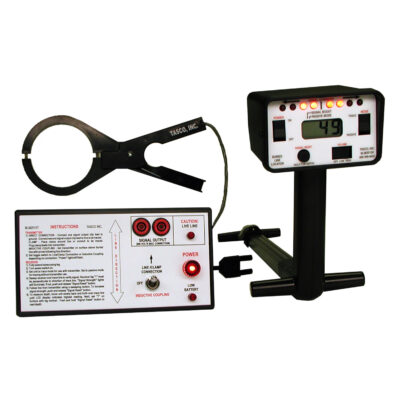
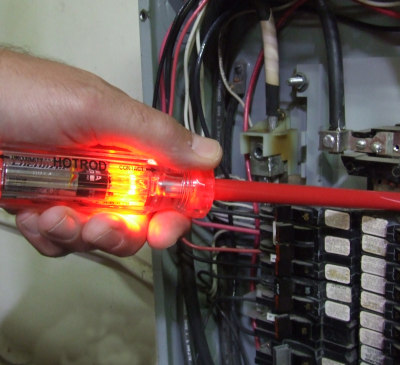
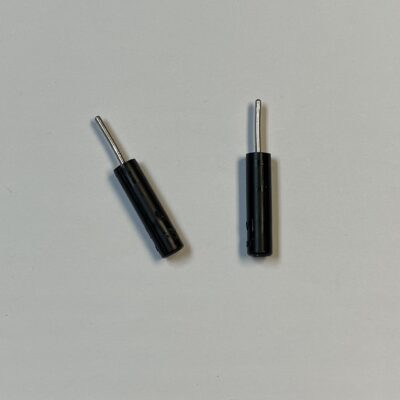
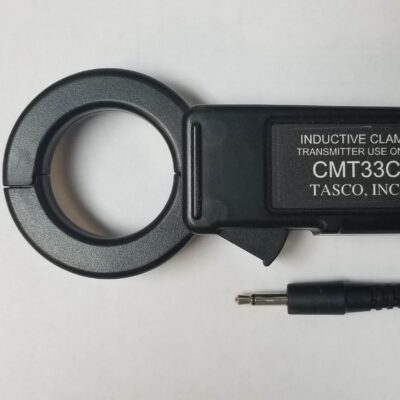
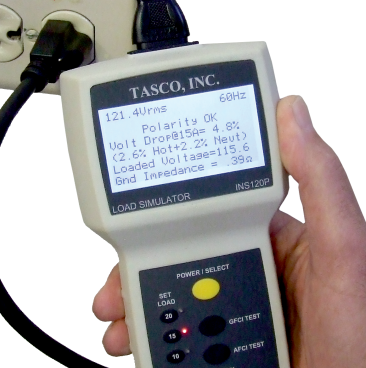
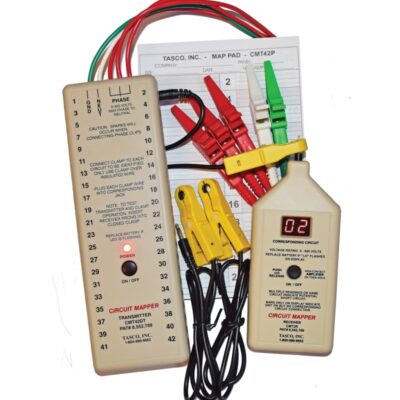
Can this be used on low voltage controls to find location of relay?
Meaning hidden switch(relay) at overhead light?
The PTL610 can trace any line from 9V to 600V AC or DC. The key to tracing hidden wires is to separate the current paths by using a remote or separate ground. Imagine the current path flowing from the HOT side of the power source, thru the HOT wire connected to one lead of the transmitter, thru the transmitter to the other lead, then to the NEUTRAL wire, GND wire or to a water pipe. This type of current path avoids the magnetic cancellation effect that happens when 2 wires in the same cable or conduit carry current in opposite directions.
Very Nice This looks like a great place for contributing highly specialized tricks. This archive is completely advantageous and will promote me at work. I saved a link to this blog and will visiting often for more information. I came upon the know-how that I had already hunted all over the place and simply could not find. What an informative forum. On my off time I am constantly learning about top roofer in flagstaff.
Correct me if I’m wrong, but the tracing method allows (requires?) tracing across energized wires? If so, that is very advantageous.
That’s correct Mike! The PTL610 requires an energized line for tracing. If the conductor is not energized, an external voltage source can be used to source the current needed to inject the signal on the line.
Yes, most modern circuit tracers allow tracing of live wires and because they rely on current the signal is very well defined and unlikely to bleed to other conductors. Many commercial circuit tracers also trace dead or broken lines but use an electro static signal which is shielded by metallic objects and is more likely to bleed to other conductors. This is part of the reason tracing un-energized wires is more time consuming.
Thanks for thr great article!
Thank you so much!
Thanks for thr great article!